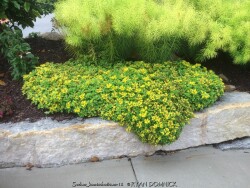
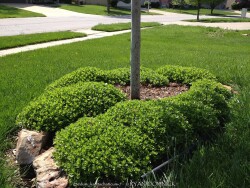
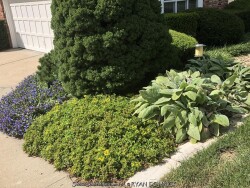
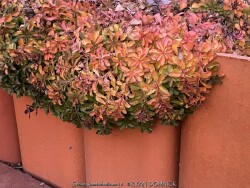

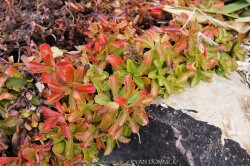
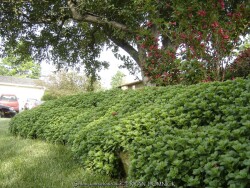
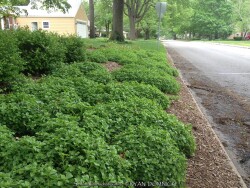
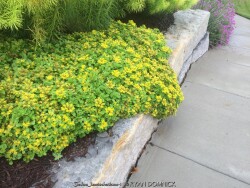
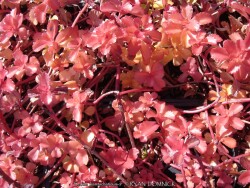
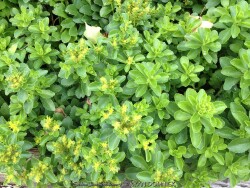

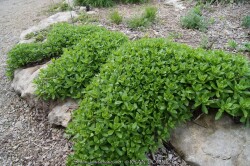
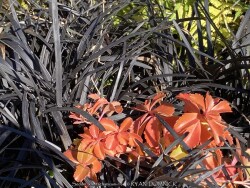
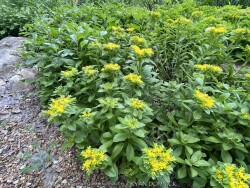
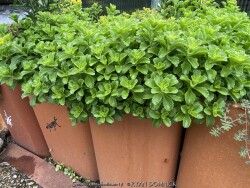
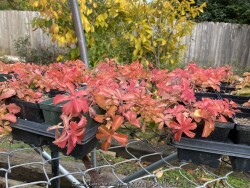
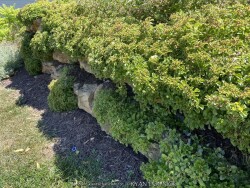
Plant Min Zone: 3a
Plant Max Zone: 8b
Sunlight: All Day Full Sun, Full Sun, Part Sun, Shade
Water / Rainfall: Low, Average, High
Soil Quality: Poor, Average, Rich
Bloom Season: Early Summer, Summer
Flower Color: Yellow, Gold
Berry / Fruit Color: None
Spring Foliage Color: Green
Summer Foliage Color: Green
Fall Foliage Color: Green, Reddish Green, Red, Orange
Evergreen Foliage: No
Winter Interest: No
Scented Flowers: No
Drought Tolerance: Medium, High
Wet-Feet Tolerance: Low, Medium
Humidity Tolerance: Medium, High
Wind Tolerance: High
Poor Soil Tolerance: Rocky Soils, Sandy Soils, Shallow Soils, Clay Soils, Alkaline Soils (high PH)
Height: 0.5' - 0.75'
Width: 0.75' - 1.5'
Growth Rate: Medium
Service Life: Very Long: 10-20 years
Maintenance Need: Almost Zero Maintenance
Spreading Potential: Low
Yearly Trimming Tips: Trim Perennial to Ground Around First Fall Freeze: No Winter Interest.
Plant Grouping Size: Medium Grouping of 5-10, Mass Planting of 10 or more
Best Side of House: South Exposure, West Exposure, East Exposure, North Exposure
Extreme Planting Locations: Thin Roof Garden Locations, Survives Under Roof Overhang, Survives Severe Drought, Tolerates Extreme Heat, Top of Retaining Wall Locations, Resistant to Rabbits
Ornamental Features: Multiple Seasons of Interest, Long Blooming Season
Special Landscape Uses: Groundcover
Possible Pest Problems: None
Plant Limitations: Overused in the Landscape
Shippable in 2026: YES
Kamtschaticum Sedum (Sedum kamtschaticum) is known for its compact mats of bright green foliage and yellow-gold flowers in the spring. Fall color turns a beautiful firey orange-red before going dormant. Kamtschaticum Sedum is native to northern China and along the Pacific coast of Siberia including the Kamchatka Peninsula with a similar climate of cold winters and hot summers. Bright green growth emerges early in the spring and spread slowly, rooting a little bit as it spreads but not aggressively. Growth is dense enough to resist most weeds. Kamtschaticum Sedum is useful as a small scale groundcover, rock garden plant, retaining wall plant, or even dry shade gardens. This tough sedum will grow in full sun to full shade in just about any soil except for wet poorly drained ones. Of all of the sedums, this is probably the most resistant to any kind of problems including root rot. I have witnessed clumps surviving and thriving for 20-30 years or more. There is really almost no maintenance with this sedum but you may choose to weed eat it in the winter for a more tidy appearance. The only slight problem is that when grown with too much water, The crown opens up as it flops over and looks slightly untidy. The flowering period is also pretty short. Considered one of the best plants for solving your most difficult dry-shade landscape challenges.